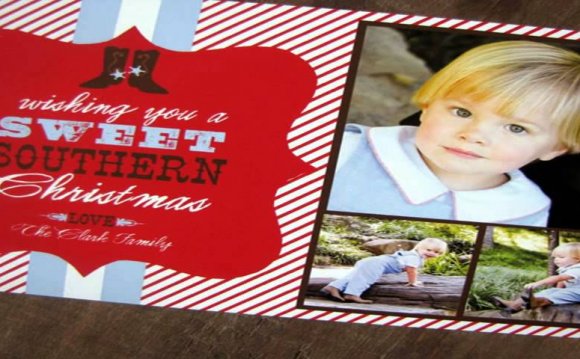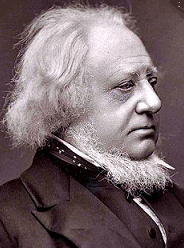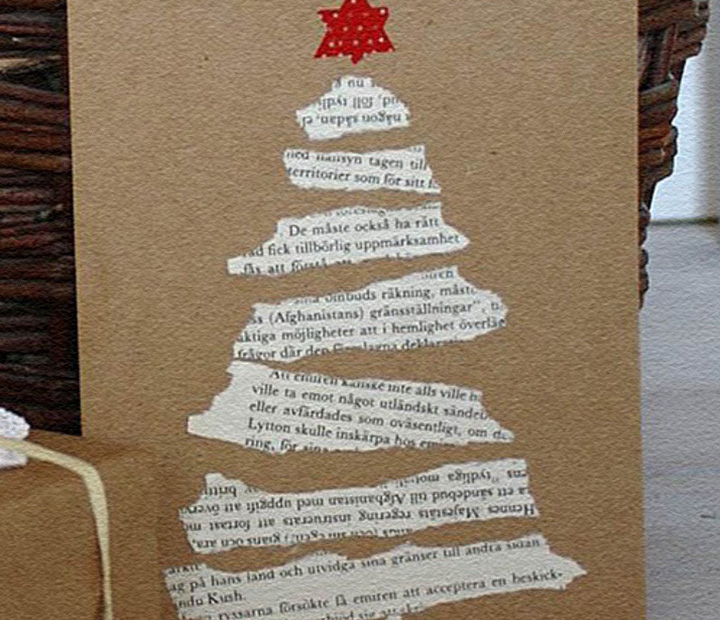
 The modern tradition of greeting cards – Chanukah and Christmas (whether personalized 3D Christmas cards or personalized animated Christmas cards) all began with a controversy over underage drinking.
The modern tradition of greeting cards – Chanukah and Christmas (whether personalized 3D Christmas cards or personalized animated Christmas cards) all began with a controversy over underage drinking.
Way back in 1843, an English civil servant, by the name of Sir Henry Cole, became thoroughly overwhelmed by his holiday greeting list. How was he supposed to write nice, long letters to every one of his nearest and dearest? Apparently, he figured he couldn’t.
 Instead of sending letters, Cole commissioned artist John Calcott Horsley to make him a pretty picture that he could print up, add a short note to and send out. Cole received quite the reaction. Many recipients were outraged by the image of a young boy drinking wine in the foreground. The English gentry went wild and news of the greeting card spread like wildfire. Much to the chagrin of the shocked recipients, however, the reaction wasn’t negative. Most people loved the idea of sending stock cards. They didn’t care so much about the alcohol abuse in the photo, and as printing costs went down, they jumped on the bandwagon.
Instead of sending letters, Cole commissioned artist John Calcott Horsley to make him a pretty picture that he could print up, add a short note to and send out. Cole received quite the reaction. Many recipients were outraged by the image of a young boy drinking wine in the foreground. The English gentry went wild and news of the greeting card spread like wildfire. Much to the chagrin of the shocked recipients, however, the reaction wasn’t negative. Most people loved the idea of sending stock cards. They didn’t care so much about the alcohol abuse in the photo, and as printing costs went down, they jumped on the bandwagon.
In the more than 150 years since that time, we have seen an array of holiday greeting cards. From musical cards to pop-ups, we have gone through all the commercialized gimmicks you can think of. As the price of the greeting card dropped, the quality and the ‘gift feeling’ also began to vanish. (No one commissions Matt Groening to make their personalized Christmas cards anymore.)
With the advent of the photo greeting card, we are returning to holiday greeting cards as keepsakes and gifts. I can send a work of art to my friends and family instead of another stock Christmas card without spending a fortune. And the technology of photo cards keeps getting better with pictures that are crisp, clear and awesome with 3D and 2-Photo Flip Motion Animation hitting the markets.
RELATED VIDEO















